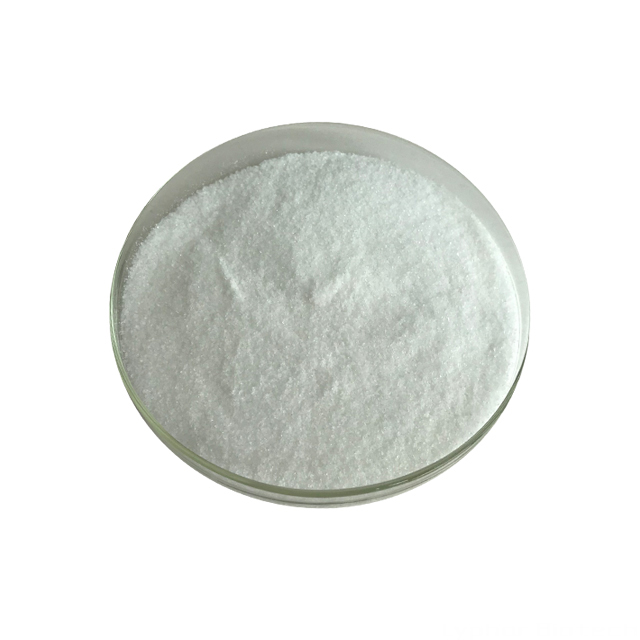Pyrroloquinoline quinone Powder (which stands for Pyrroloquinoline quinone) is a B-vitamin-related nutrient that Nature magazine recommended be classified as a new vitamin back in 2003. At the time, The Washington Post ran a headline proclaiming "1st New Vitamin in 55 Years." Of course my interest was piqued and I set out to learn more.
Pyrroloquinoline quinone Powder is found throughout our food supply. Beans, potatoes, parsley, green tea and fermented foods. Interestingly, it's found in high amounts in human breast milk. In the body we find it concentrated in vital organs with high energy requirements, like the brain and the heart, and within red blood cells.
Pyrroloquinoline quinone Powder is active within cellular mitochondria, the energy center of the cell. This has major implications for brain health, nervous system health, and potentially other systems, structures and functions throughout the body. This nutrient displays antioxidant activity, neuroprotective action, and cognitive benefits. The breadth of PQQ's influence is nothing short of amazing.
Function:
1.Beta Sitosterol has a choleretic effect, increase bile secretion and promote bile excretion, can reduce organic and impurity in bile.
2.Beta Sitosterol can increase the excretion of chloride. The diuretic effect is mainly outside of the kidney, to the kidney function is very weak.
3.Beta Sitosterol has hemostasis effect, can accelerate the process of blood coagulation, increase blood levels of thrombin increased platelet count.
4.Beta Sitosterol has lowering blood pressure and blood glucose effect, the fermentation preparation of corn stigma has a very significant reduction in blood sugar to rabbit.
Application Area:
Food Ingredient/Supplement: A major emerging application linked to the discovery of the hypo-cholesterolemiant effect of phytosterols.
Cosmetics: A presence of phytosterols in cosmetic compositions for more than 20 years. A more recent trend for the development of phytosterols as specific cosmetic actives.
Such as Emollient,Skin Feel, Emulsifier
Pharmaceutical Raw Material :
An application developed in the 1970s, based on the shift from saponins to phytosterols as bulk materials for steroid synthesis with initial work focused on chemically degraded stigmasterols and more recent developments concerning other phytosterols degraded by fermentation.



